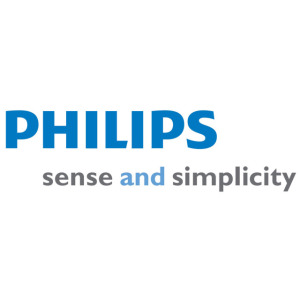by
Brendon Nafziger, DOTmed News Associate Editor | December 15, 2009

Using multiple modalities
to improve RF ablation
Working with scientists at the National Institutes of Health, Philips Research has come up with an experimental "cockpit" they hope will help doctors perform liver-tumor radiofrequency ablations more accurately, so they can tackle larger tumors.
Philips Research revealed their efforts on the work-in-progress system at RSNA 2009.
The therapy, known as radiofrequency ablation, involves sticking a needle into tumors in the liver. Radiofrequency currents passing through the needle heat the lesion past 50 degrees Celsius, causing the cancerous cells within to die.



Ad Statistics
Times Displayed: 6
Times Visited: 2 Fast-moving cardiac structures have a big impact on imaging. Fujifilm’s SCENARIA View premium performance CT brings solutions to address motion in Coronary CTA while delivering unique dose saving and workflow increasing benefits.
Though effective, RF ablation works best for tumors less than 4 centimeters in size. "It becomes more complex if you have larger tumors, as you need several overlapping needle ablations," says Steve Klink, a spokesman for Philips Research.
The trouble is that, with current technology, clinicians can't keep track of the multiple needles needed for the larger tumors. In a typical RF ablation procedure, doctors pinpoint the tumor's location using a pre-operative CT image. They then have to guide the needle using only feedback from ultrasound and a "mental picture" they developed from the pre-op CT image, Philips says. This makes it hard to guide the several needles needed to destroy bigger lesions.
"Let's put it like this, the clinical outcomes for tumors larger than 4 cm -- the success rates are low," Klink says.
But Philips has developed what they call an "integrated solution for ablation planning and navigation." This system, like a cockpit, lets doctors better see how they're guiding the ablation needles into the liver. By improving accuracy, it could allow doctors to successfully treat large tumors by having more precise control over multiple needles.
It would work as follows: Much as now, doctors would take a pre-op CT scan to find out the exact tumor location. Philips' software would then plan the route for the operation, indicating the entry points for the needles and calculating how many ablations would be needed to destroy the tumor based on its size.
Once the doctors go to work, the software would then integrate the real-time ultrasound feedback with the pre-procedure CT image. Philips then adds a new wrinkle: electromagnetic tracking of the needle.
Inside each RF needle, tiny coils respond to electromagnetic fields and work with the four or five transducers placed on the skin of the patient surrounding the area of needle insertion to fully localize it.
The software continually updates the fused ultrasound-CT image with data fed from the tracked needle to give doctors accurate footage of needle location, adjusted for patient breathing or movement that could distort the image. It also updates the ablation plan and advises on how to do additional passes to fully reduce the tumor.
Currently, Philips and the NIH have tried the "cockpit" with more than 60 patients. The preliminary results were promising, achieving about 3.8 millimeter accuracy, which Philips claims meets clinical requirements for successful procedures. With advanced techniques, Philips says they improved precision to 2.9 millimeters. Advanced methods include inserting a second, electromagnetic-tracking needle for better localization information.

